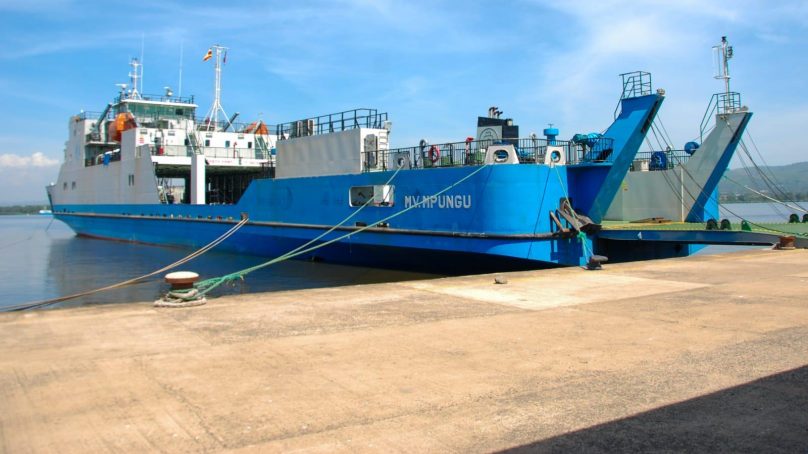
Kisumu Port has recorded a sharp rise in cargo volumes following major government-backed infrastructure upgrades, reinforcing its position as a hub for East Africa’s inland trade.
According to Port Manager for Cargo Services Patrick Makau, cargo volumes at the facility have grown from 127,000 metric tonnes in 2023 to 281,000 metric tonnes in 2024, and further to 324,000 metric tonnes by the end of September this year.
He said the figure was projected to hit 400,000 metric tonnes by December, the highest since the port was refurbished and reopened in 2019.
Speaking during the reception of a new vessel, Mv Mpungu at the port, Makau said the Kenya Ports Authority (KPA) remains committed to sustaining the growth momentum through continued investment in infrastructure to attract more vessels and enhance efficiency.
He noted that top on the agenda was dredging the port to allow larger ships to dock, as well as promoting multimodal transport that integrates lake, road, and rail networks for seamless cargo movement across the region.
“We are committed to supporting regional trade expansion through ongoing infrastructure upgrades, aiming to meet the rising demand and unlock new opportunities across the lake region,” said Makau.
The arrival of Mv Mpungu, a 96-metre-long cargo vessel from Uganda, marks a new chapter in East Africa’s inland shipping. Operated by Grindrod Logistics Africa under East Africa Marine Transport (EAMT), the vessel made its maiden call to Kisumu to load cargo destined for Port Bell and Jinja in Uganda.
Its arrival was marked by a brief ceremony attended by KPA officials and representatives of Express Shipping & Logistics (EA) Ltd.
MV Mpungu Captain Obedi Nkongoki, who was presented with a certificate of call and a commemorative plaque, praised Kisumu’s strategic role in regional trade, saying the vessel would make regular calls to ports across Lake Victoria.
“Kisumu is a key hub for unlocking trade potential in the region and we look forward to making regular calls here and to other ports around the lake,” he said.
Commissioned on January 31, 2025, Mv Mpungu has a cargo capacity of 1,000 tonnes, equivalent to 22 trucks and features a roll-on/roll-off design that allows efficient loading and unloading of wheeled cargo such as trucks and trailers.
Capt Nkongoki said by taking 22 trucks off East African roads per trip, the vessel would play a crucial role in preserving road infrastructure and saving governments huge repair costs. The ship is expected to transport goods including tiles, excavators, plant machinery and aluminium, complementing its operations on the Port Bell-Mwanza route.
“The vessel takes 15 hours from Kisumu to Jinja, 18 hours to Port Bell and 24 hours to Mwanza ensuring faster, safer and more efficient delivery of goods across the region,” Capt Nkongoki explained.
EAMT Director Roney Seema welcomed the growing cooperation between Kenya, Tanzania and Uganda in reviving Lake Victoria transport, saying the company would continue investing in cargo movement to strengthen regional trade.
“We are excited by the special welcome and we are ready to continue investing in cargo transport,” he said.
With eight active vessels; Orion I, Orion II, Mt Kabaka Mutebi, Mt Elgon, MV Uhuru I, Mv Uhuru II, Mv Mpungu, and Mv Munanga, Kisumu Port is now emerging as a central player in East Africa’s maritime economy.
The surge in cargo volumes and revival of lake transport underscore the success of government investment in the blue economy and regional integration efforts across the Great Lakes region.
- A Tell Media / KNA report / By Chris Mahandara







